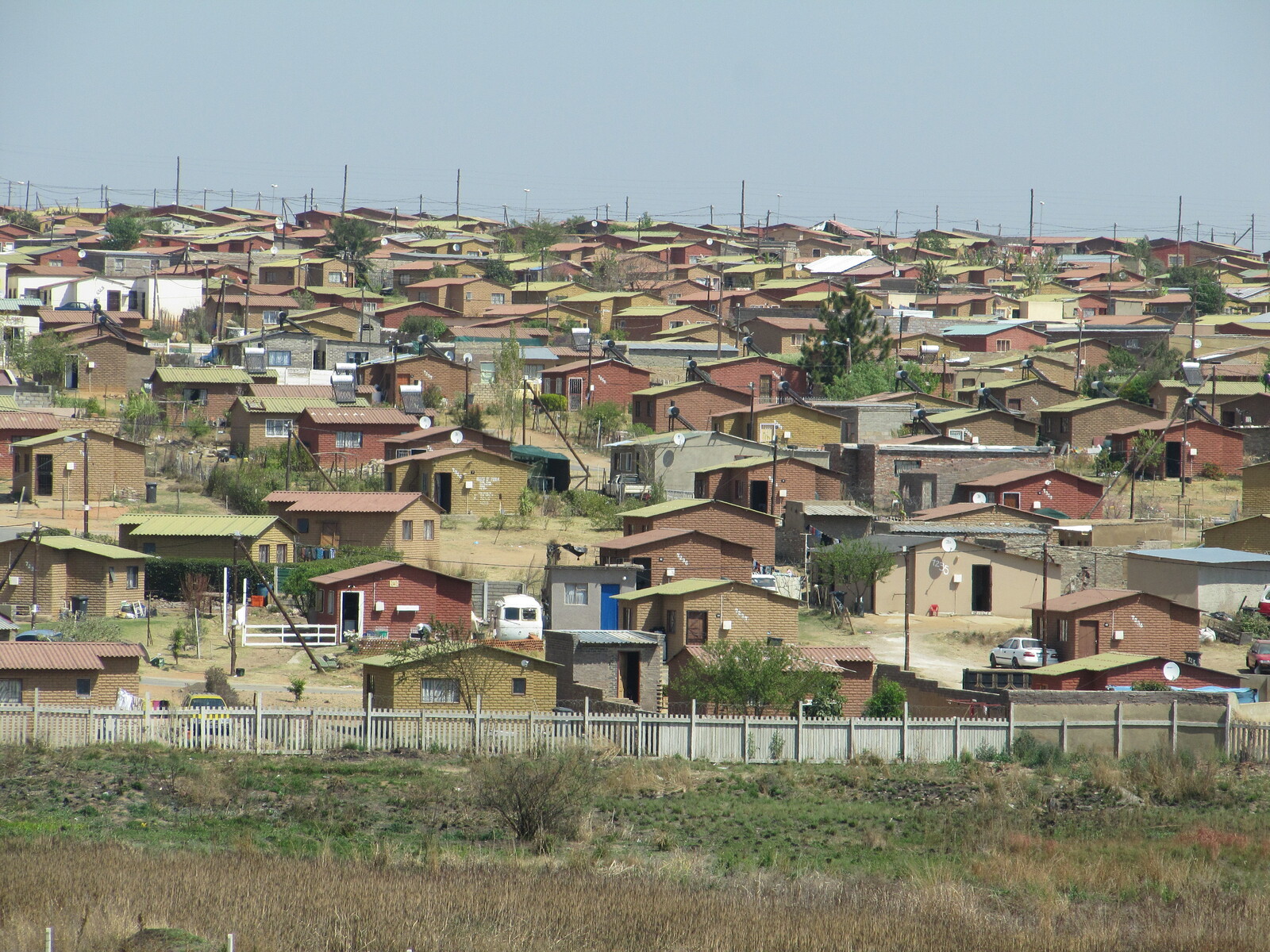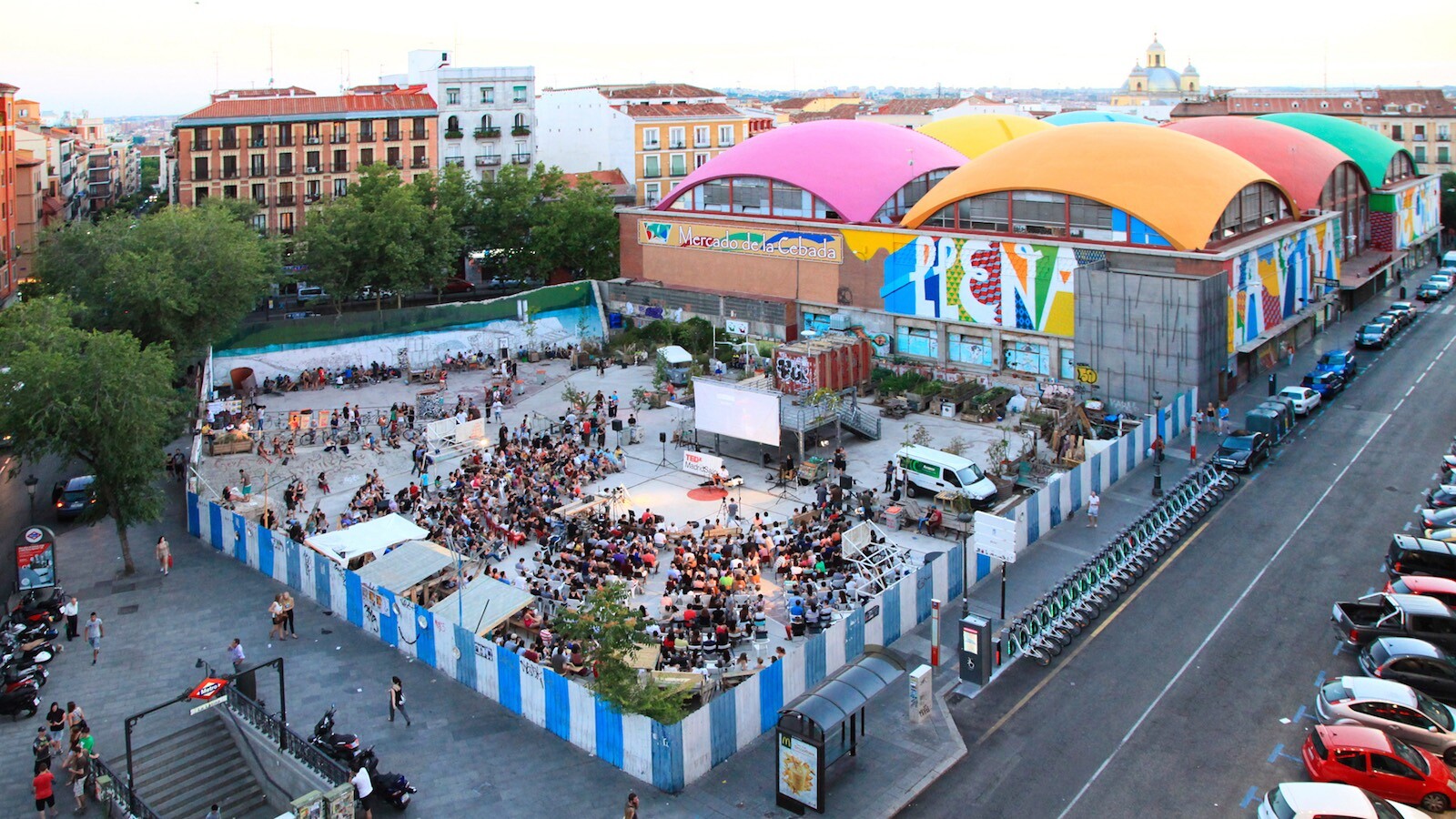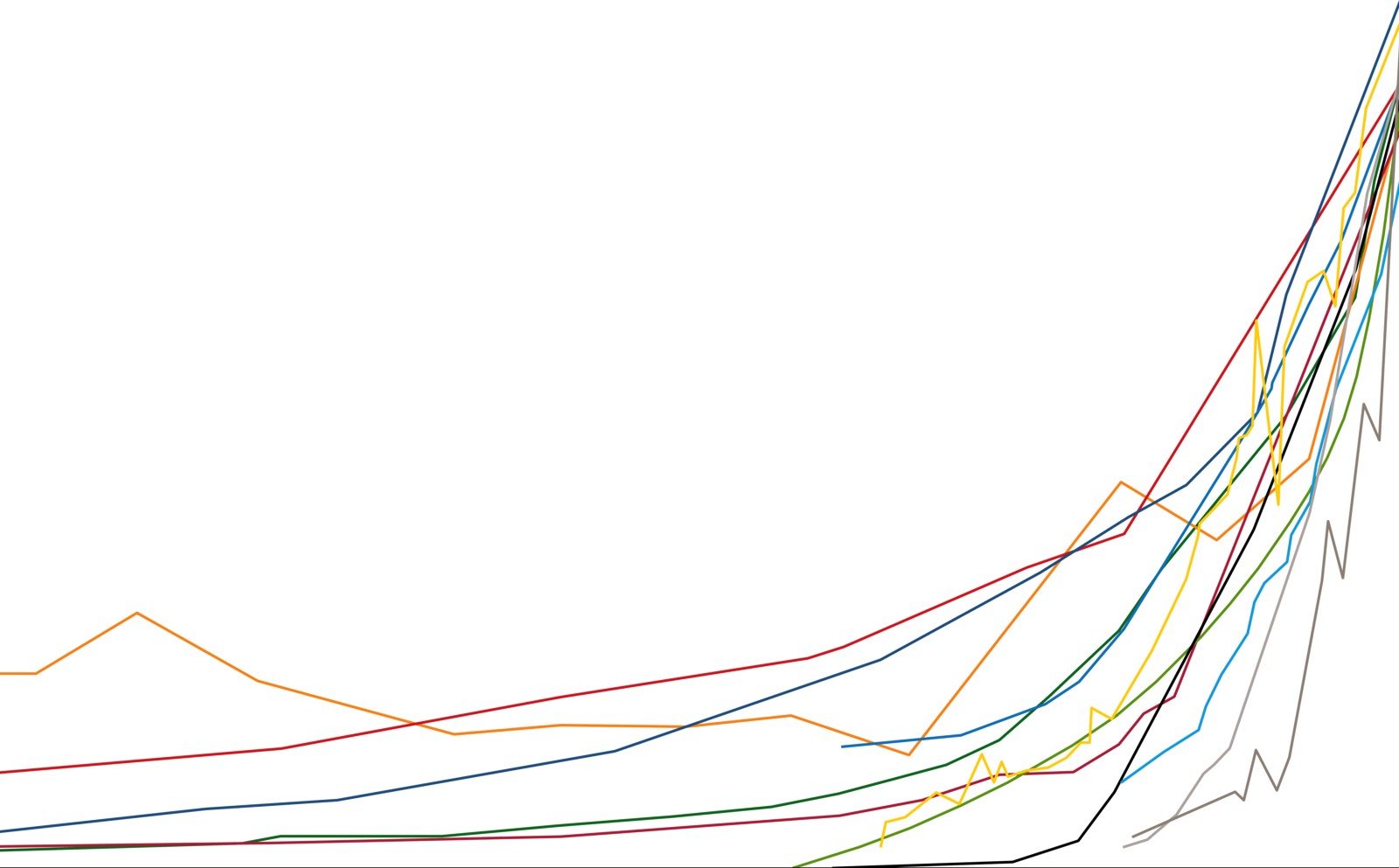There is something provocative and at the same time revealing in the act of eliminating the kitchen from the house. The generalized social refusal that this action often provokes allows us to understand the deep affection and assumptions that this domestic space arouses. Ideologically speaking, the kitchen has had a main role in the historical definition of the idea of home and the family, and subsequently, in the creation of gender biased relationships within the domestic sphere. In that sense, an image has been forged of the kitchen as a space where women could take responsibility for domestic work alone, thanks to factors such as its proper design and adequate arrangement amidst a care-based system of social value, rather than economic gain.
The kitchen is where domestic work has progressively lost its economic value and become instead a labor of love, as Silvia Federici names it. Such transformations not only made an entire sector of society (women) economically dependent on others and particular forms of social relations but also, through progressively isolation, lose political agency. But beyond the idea of the kitchen as an apparatus for the perpetuation of clichés, being aware that this type of domesticity is a construction can allow us to understand its reversibility or ability to change. Home values are always in permanent mutation, and today, those which deal with the kitchen are precisely the most capable of radically changing preset gender roles and domestic labor structures.
It has already been forty years since the first urban kitchen opened in Lima. Urban kitchens are used by a community and act as complementary to private ones, which have ceased to be regularly used as a result of the propagation of this communal typology. Since the origin of the typology, these domestic, yet communal organizations have become spaces for the formation of political communities and agencies that go beyond the act of cooking and eating. They are radical systems that blur not only the established limits between private and public, between family structures and domestic roles, between labor and housekeeping, between female and male roles… but that also act as a place for neighborhood management in a way that is connected directly with municipal and larger political institutions. They are a model that has influenced Peru’s neighboring countries and beyond, and have led replicas and similar formulas to propagate.
Typological emergence
In the late seventies, during Peru’s second Military Government, economic and labor instability grew. Following reforms by former president Juan Velasco Alvarado, Francisco Morales-Bermúdez assumed the leadership of a country that, in 1975 was in economic crisis. As a precautionary measure, he started to dismantle Alvarado’s social reforms and tried to improve the national economy by aligning his policies with those of the International Monetary Fund. However, his efforts did not succeed as expected, producing inflation and social protest as a result.
This situation of strong social discontent led many people of the working class, particularly those closest to the labor unions, to look at every action of the Government as an attack on their rights. Among mass layoffs, this resulted in two general strikes, one in 1977 and the other in 1978, as well as many other smaller, more sector-specific strikes. The economic instability and struggles taking place during these years gave rise to the organization of collective cooking, typically in front of markets, to supply food to those suffering from the recession. The act of collecting leftovers from markets and citizens volunteering made the instability of the moment visible. These popular acts of cooking, called “ollas populares,” suddenly became social and political symbols.
During that moment, a group of women began to extrapolate this collective form of cooking to their neighborhoods, arranging spaces for community food production in the vicinity of their homes. During those years, an international food program subsidy was in place, which was organized and managed by different NGOs and Catholic organizations, such as Caritas. Because of this, it was not unheard of or impractical to encourage a self-managed system of food production and distribution among those who were receiving assistance. The first urban kitchens appeared in the Las Comas and El Agustino neighborhoods. A group of fifteen to twenty women would gather in one of their homes to cook together and improve their daily life. They worked in turns of three, cooking three days a week for their families and people of the community in need. Today, most urban kitchens still take place in private homes, but they are almost all are open to the public, serving lunch for a reduced price.
When all of this started, women lacked social and political visibility, as well as access to resources and education. These kitchens therefore meant something more than access to food; it was an opportunity to become part and play a role in a public organization beyond the privacy of the family. The empowerment of women through cooking was one of the primary goals of many NGOs that were managing the international food subsidies. They were concerned about the need to go beyond food distribution, and understood these community kitchens as infrastructures to develop critical awareness, literacy, and a sense of belonging, to improve health education, to obtain personal income, etc. In the beginning, Peruvian community kitchens had a clear educational purpose to empower women and obtain social rights. This is one crucial reason for their success.
.jpg,1600)
Comedor Popular Forjemos la Alegría, Lima. Photo: Anna Puigjaner.
.jpg,1600)
Comedor Popular in a private house in the neighborhood of El Agustino, Lima. Photo: Anna Puigjaner.
.jpg,1600)
Comedor Popular Jesús de Nazaret Vizona, Lima. Photo: Anna Puigjaner.
.jpg,1600)
Comedor Popular Forjemos la Alegría, Lima. Photo: Anna Puigjaner.
Comedor Popular Forjemos la Alegría, Lima. Photo: Anna Puigjaner.
Recognition and resistance
The typology started to expand rapidly during the eighties, and their impact began to reach scale. Thanks to the support of different NGOs, cooking groups started to be organized on a national level, which allowed them to establish a platform to discuss civic rights. These encounters led to the passing of a national law (n.25307) in 1991, under the Government of Alan García, which recognized the social value of these women’s work and approved a 65% national subsidy for of the food used in the kitchens. But despite the relevance and urgency of the law, it has never been fully applied.
The political visibility of kitchens and these women during the eighties and nineties were met with violence, largely by the terrorist group Shining Path. Many domestic organizations were attacked, and several women were killed, among them the well-known activist María Elena Moyano, whose murder in 1992 produced great social consternation and public outcry. Due to the violence during those years, the presence of NGOs declined, and community kitchens lost a strong support. However, after several Governments and different state policies, the community kitchens in Lima are still active, providing food to nearly half a million people per day. More than one hundred thousand women are employed in cooking for the community, and therefore, politically active.
The economic operativity of these kitchens has always been a controversial topic. During the late nineties, their national support started to be politicized. The kitchens were divided in two factions: those that accepted economic assistance from the Government in exchange for political support (called the Club de Madres), and those that did not (called the Comedores Populares). That division is still active today, with some kitchens receiving economic support from the state, and others not. Because of this, most members of the Comedores Populares deny being related to any political party, for it would mean a loss of freedom and independence.
Women working in the Comedores Populares also deny being paid for their labor. All income received from selling lunches is used to cover food expenses, thus allowing their price to being even further reduced. Most women are considered to be volunteering for the community, and receive lunch for a lower price as compensation. Understanding their work as voluntary has assured stronger social bonds, but at the same time has perpetuated womens’ lack of access to the economy. Several initiatives have emerged that try to intervene and change this circumstance.
Adaptation and evolution
On many occasions, the Government has come up with different projects to introduce the cooks to other professions and encourage them to start small financial initiatives. But despite the fact that women were introduced to different crafts, the gap between making something and turning it into an economically successful business has led many of these self-initiated companies to fail. The bakery Virgen de Nazaret in Lima is one of the few commercial initiatives that emerged from a community kitchen and survives today.
In the early nineties, the US Government had an excess of wheat production and started a program to control its national price by sending the surplus to Peru through the World Food Program. As a result, community kitchens in Lima started to receive tons of flour. The idea emerged to centralize the resource and organize a set of bakeries in homes that would operate as a network and serve the different kitchens. Marta Vera and Gloria Bravo were members of a community kitchen and started one of the twenty-six bakeries that were set up at that time, serving bread to 160 community kitchens. When the shipment of flour ceased, most bakeries struggled financially and closed down. Vera and Bravo’s bakery of Virgen de Nazaret, however, survived thanks to the fact that they started serving bread and other types of food to public schools. While in the nineties there were just four women employed, today the company employs thirty people, both women and men, and it is still run by its founders.
Other governmental initiatives have promoted further turning the house into a place of labor and economic production. The program Wawa Wasi, for instance, which facilitated the establishment of community nurseries in private homes to assure access to good education and nutrition, was active until 2012. Each Wawa Wasi was run by a community member, called a “mother-carer,” who after being selected by her neighbors received special training and a salary from the government to take care of their neighbors’ children. Despite the program’s success, it ended up being suspended due to the fact that it was impossible to guarantee equal and properly regulated service in each of the nurseries.
When it comes to the externalization of domestic space, there can be a huge gap between what the law allows for and what can actually be achieved. Unfortunately, as in the case of Wawa Wasi, the programmatic and legal constraints of governmental programs tend to work against projects that understand the house as an urban infrastructure. Even if there is a clear need for these domestic-urban infrastructures, there are still a host of legal barriers and social bias that prevent them from growing and evolving. However, these spaces are inherently transgressive of preset social structures. As they work towards propagating alternative value systems and definitions the public good throughout the city, it is a logical fallacy to hold them entirely accountable to the rules and regulations they seek to redefine. In calling attention to the political dimension (and definition) of domestic space, they remind us of the capacity for the house to play a meaningful role in the development of the public sphere.
Overgrowth is a collaboration between e-flux Architecture and the Oslo Architecture Triennale within the context of its 2019 edition, and is supported by the Nordic Culture Fond and the Nordic Culture Point.
.jpg?w=1200)
.jpg,1600)
.jpg,1600)
.jpg,1200)

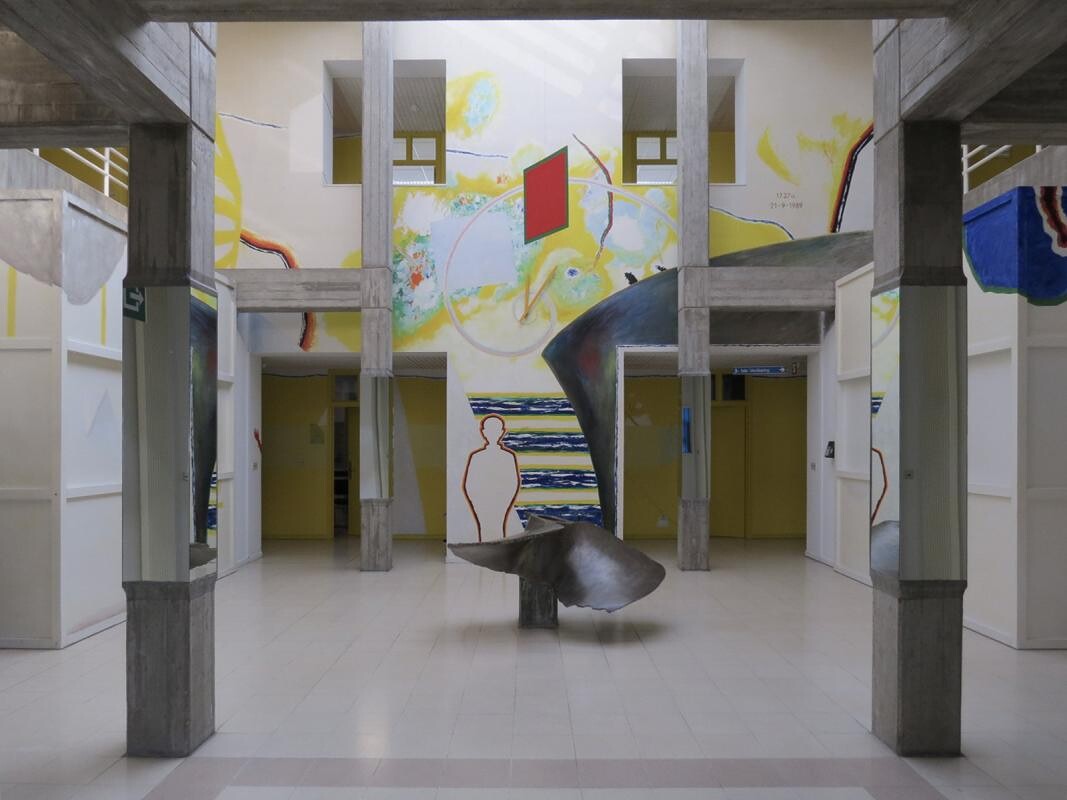




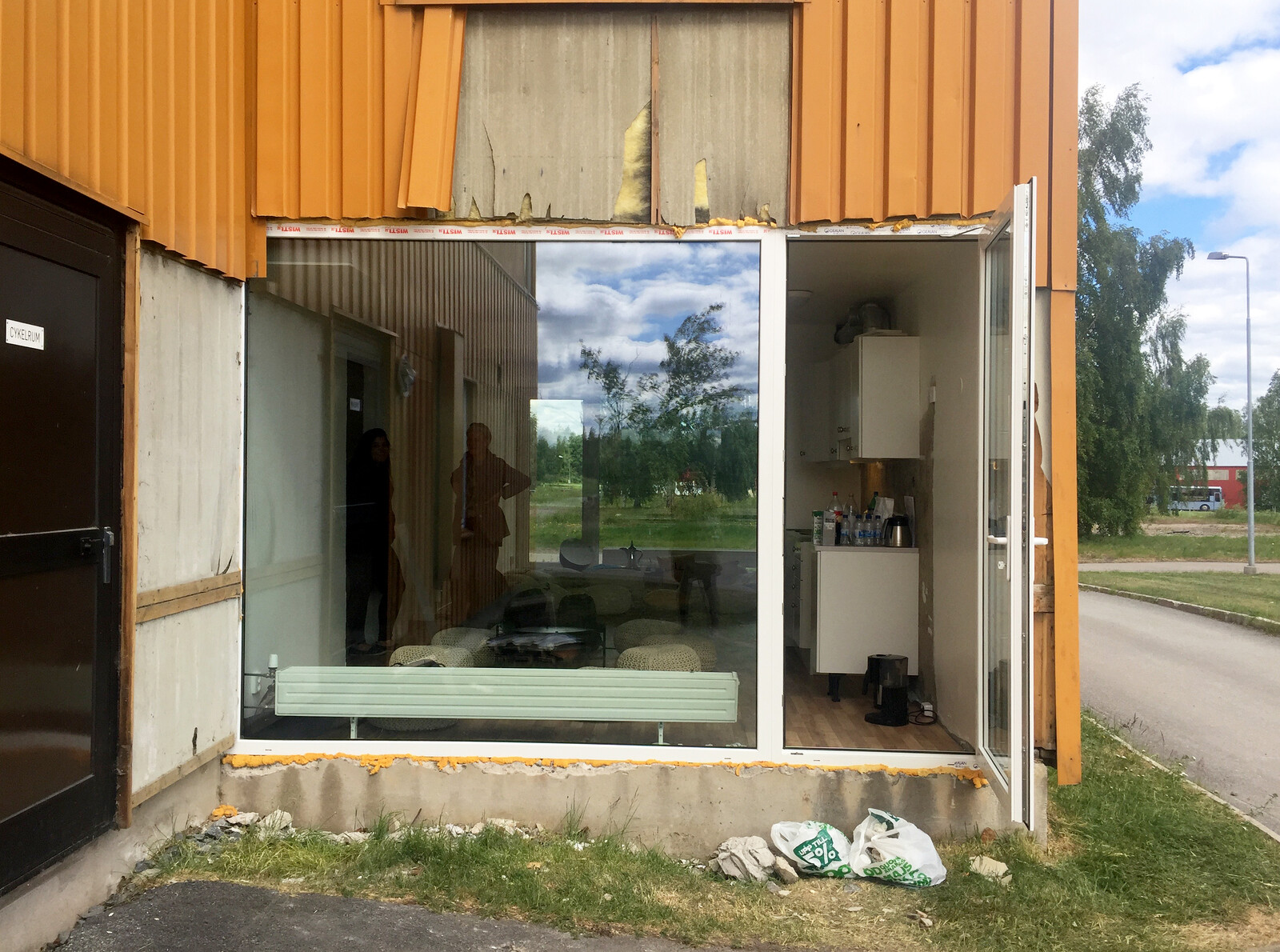






.jpg,1600)



